The Air Force finds new use for its Global Hawk drones
- By Michael Peck
Share This Article
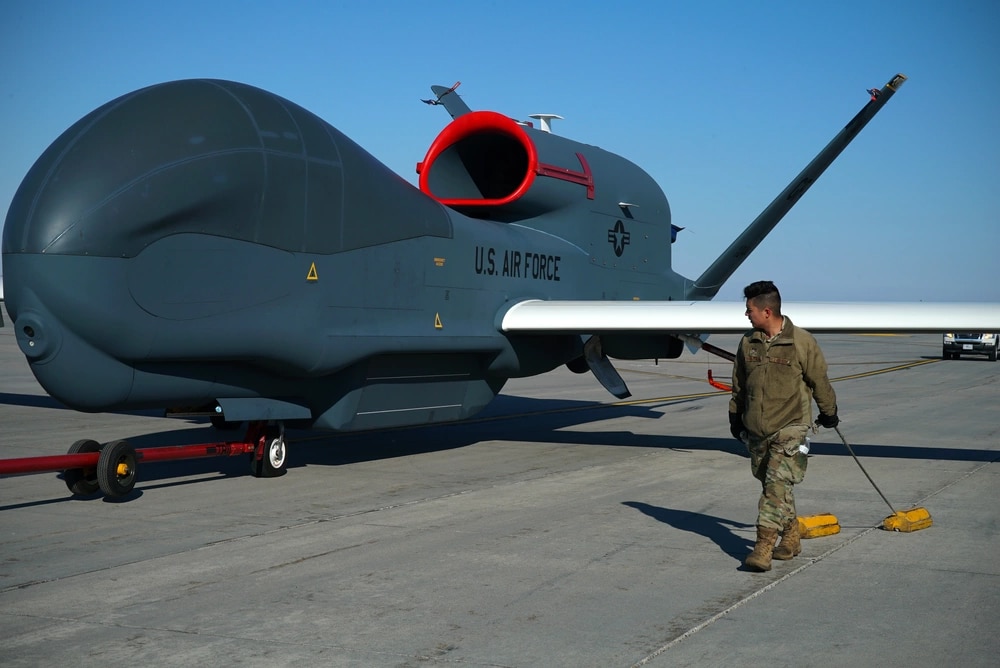
The U.S. Air Force has found a new use for its giant RQ-4 Global Hawk drones, which will now be used for hypersonic missile testing.
All 20 aircraft of the Block 30 model of the RQ-4B were sent to the Air Force’s Test Resource Management Center’s (TRMC) Sky Range hypersonic missile testing program at Grand Sky, a drone station at Grand Forks Air Force Base, North Dakota. There, they will serve as high-altitude, long-range airborne observers to record test data during hypersonic launches. Their name will also change from the majestic-sounding “Global Hawk” to the uninspiring “Range Hawk.”
“Currently, the Department of Defense (DoD) uses an aging fleet of ships deployed across a Pacific Ocean corridor to test hypersonic missiles,” according to a press release by Senator John Hoeven of North Dakota.
“DoD is only able to conduct four to six tests per year, as it takes several weeks to deploy and position the ships for each test. Additionally, this process signals the testing schedule to our adversaries. Sky Range would replace the ships, which are expensive to operate, with modified Global Hawks that could deploy quickly and increase testing capacity through the creation of additional testing corridors in the Pacific and elsewhere,” Senator Hoeven added.
The Global Hawks’ ending is both practical and sad. The Northrop Grumman RQ-4 Global Hawk, which first took flight in 1998, was the poster child for big, expensive unmanned aircraft. It had a takeoff weight of 16 tons, a range of 12,000 miles, and a 131-foot-wide wingspan (seven feet wider than that of a Boeing 737 airliner. It could fly at 60,000 feet to deliver high-altitude ISR (intelligence, surveillance, and reconnaissance) data. Various models included an array of sensors, including synthetic aperture radar, cameras, and signals intelligence collectors.
However, critics were not impressed by the performance of the $130 million drones, which they considered to be both expensive and vulnerable to threats such as surface-to-air missiles. In 2019, Iran shot down a Global Hawk over the Persian Gulf with an anti-aircraft missile, and then recovered the wreckage to develop its own drones.
Additionally, the Air Force itself was not enthused with the Block 30 model: In 2012, it concluded that Block 30 was less capable than a manned U-2 surveillance plane. The Air Force will continue to operate the more advanced Block 40 model. Nevertheless, there are only 11 Block 40s out of the 42 RQ-4A and RQ-4B UAVs built, which means the bulk of the Global Hawk fleet will no longer be performing ISR missions.
Related: India tests its own stealth combat drone in an effort to boost its defense industry
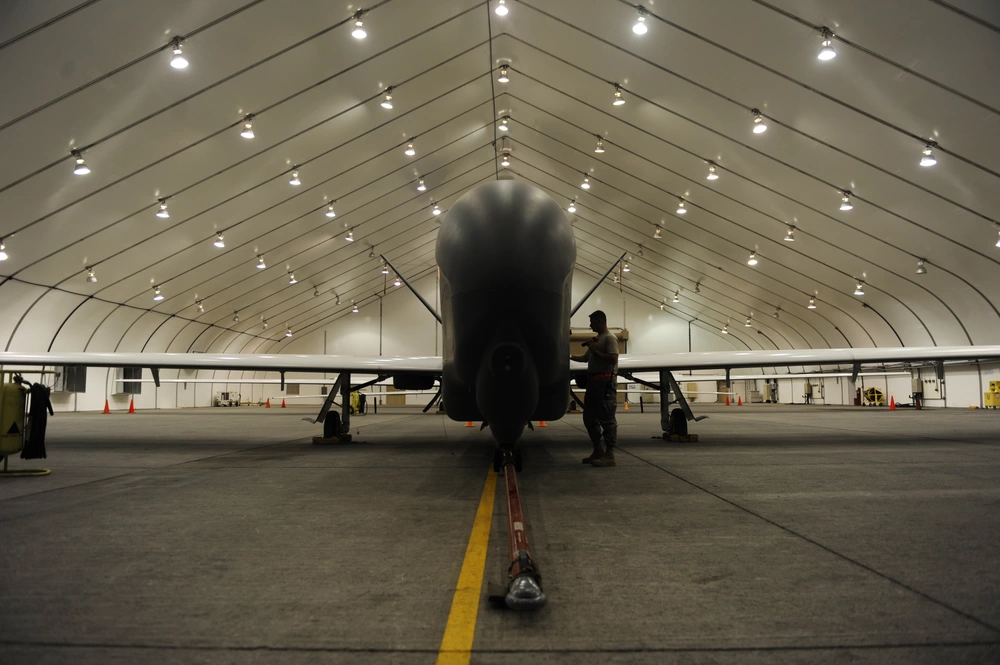
The Block 30s will be joining four Block 20s that were transferred to Grand Sky last year. Hoeven’s office took credit for both transfers.
“The transfer of the Global Hawk Block 30 fleet to Grand Sky is a win for both Grand Forks and our entire nation,” Senator Hoeven said. “Our state will have more aircraft than before due to the entire Block 20 and Block 30 fleets being at Grand Sky, while at the same time, we will have a stronger national defense as the Sky Range program will significantly enhance our ability to test and develop hypersonic missiles.”
Politics aside, a business case can be made for using the Global Hawk for hypersonic tests. In the case of boost-glide hypersonic vehicles, a rocket ascends high in the atmosphere, almost to the edge of space, and then releases a glider, which can descend at speeds faster than Mach 20. A high-altitude, long-range, and long-endurance drone might be useful for tracking a test glider during its descent.
Or, it might turn out that using a 30-year-old U2-R manned ISR aircraft makes more sense for hypersonic tests. Yet, if the Global Hawk is successful in its new role, it could encourage new types of missions for drones.
Michael Peck is a contributing writer for Sandboxx and Forbes. He can be found on Twitter and LinkedIn.
Read more from Sandboxx News
- High-speed hype? The problems with hypersonic missiles
- Is the famous TB2 Bayraktar the best drone in Ukraine?
- The missile-defense conundrum: It takes a hypersonic missile to shoot down a hypersonic missile
- New kid in TOW: Army wants to replace its famous missile
- Is the US military destined to become a ‘hypersonic’ power?
Related Posts
Sandboxx News Merch
-

‘AirPower’ Classic Hoodie
$46.00 – $48.00 Select options This product has multiple variants. The options may be chosen on the product page -

‘Kinetic Diplomacy’ Bumper Sticker (Black)
$8.00 Add to cart -

‘Sandboxx News’ Trucker Cap
$27.00 Select options This product has multiple variants. The options may be chosen on the product page
Michael Peck
Related to: Breaking News

Martha Gellhorn: The only woman present on D-Day
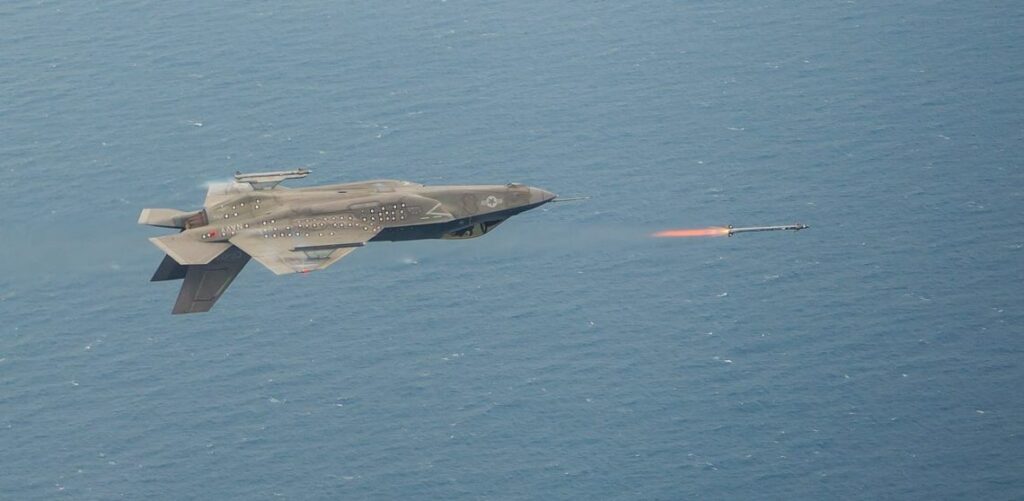
The gravity of the situation: How to fly a fighter upside down
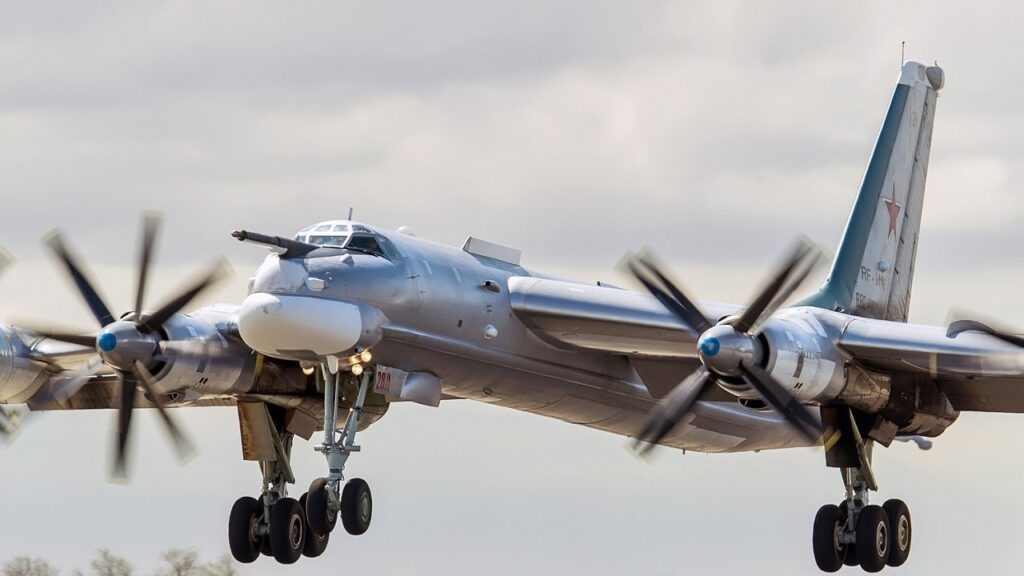
Tu-95 Bear: The ‘old’ Russian bomber that can’t be replaced
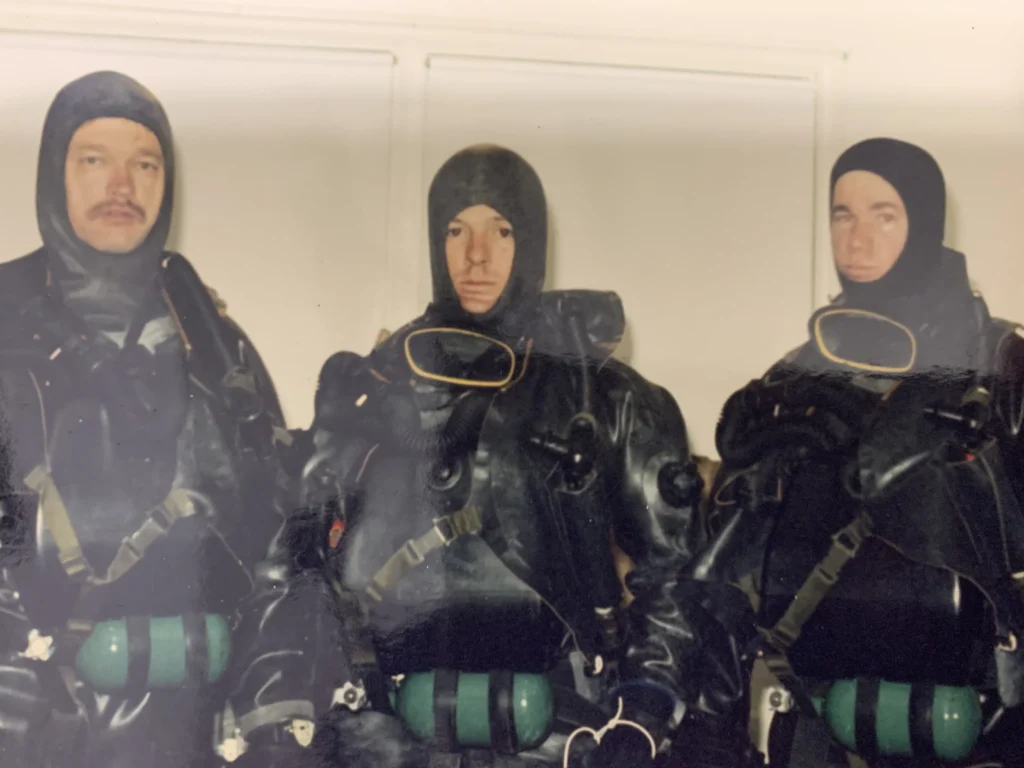
Airborne adventures with a Green Beret Combat Dive Team
Sandboxx News
-

‘Sandboxx News’ Trucker Cap
$27.00 Select options This product has multiple variants. The options may be chosen on the product page -

‘AirPower’ Classic Hoodie
$46.00 – $48.00 Select options This product has multiple variants. The options may be chosen on the product page -

‘AirPower’ Golf Rope Hat
$31.00 Select options This product has multiple variants. The options may be chosen on the product page -

‘Sandboxx News’ Dad Hat
$27.00 Select options This product has multiple variants. The options may be chosen on the product page
